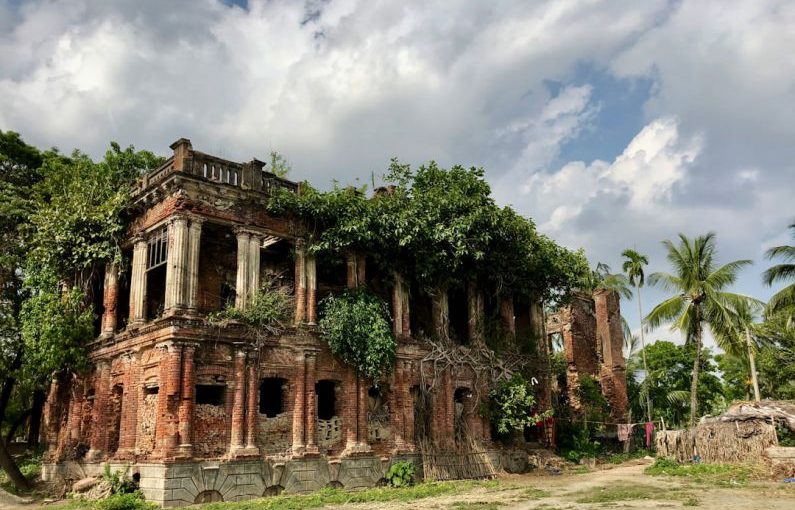Located on the coast of Tunisia, the ancient ruins of Carthage stand as a testament to the once-mighty civilization that dominated the Mediterranean for centuries. Steeped in history and shrouded in mystery, Carthage offers visitors a captivating glimpse into the past, where the echoes of ancient battles and bustling trade routes still resonate through the crumbling stone walls. A visit to this UNESCO World Heritage Site is a journey through time, where visitors can explore the remnants of a powerful empire that rose and fell among the sands of North Africa.
Unveiling the History of Carthage
The history of Carthage dates back over 3,000 years, making it one of the oldest civilizations in the region. Founded by the Phoenicians in the 9th century BC, Carthage quickly grew into a formidable maritime power, establishing a vast empire that rivaled even the might of Rome. The city flourished as a center of trade and commerce, with its strategic location making it a hub for merchants from across the ancient world. However, Carthage’s prosperity also attracted the envy of its rivals, leading to a series of fierce conflicts that would ultimately seal the city’s fate.
The Punic Wars: Rise and Fall of Carthage
The rivalry between Carthage and Rome culminated in a series of devastating conflicts known as the Punic Wars. These epic struggles for dominance reshaped the political landscape of the ancient world and ultimately led to the destruction of Carthage. The most famous of these wars, the Second Punic War, saw the legendary Carthaginian general Hannibal lead his army, including formidable war elephants, on a daring march across the Alps to challenge Rome on its own soil. Despite his military genius, Hannibal’s ambitions were ultimately thwarted, and Carthage fell to the might of Rome in 146 BC.
Exploring the Ruins of Carthage
Today, the ruins of Carthage offer visitors a fascinating glimpse into the city’s illustrious past. Spread across a sprawling archaeological park, the remnants of ancient Carthage include imposing city walls, grandiose villas, and impressive Roman theaters. One of the most iconic sites within the park is the Antonine Baths, a sprawling complex of thermal baths that once served as a gathering place for the city’s elite. Visitors can wander through the maze of underground chambers and imagine the opulent lifestyle enjoyed by the residents of ancient Carthage.
Another highlight of a visit to Carthage is the Tophet, a sacred burial ground where urns containing the cremated remains of children were interred. This haunting site offers a poignant reminder of the rituals and beliefs of the ancient Carthaginians, whose religious practices were shrouded in mystery and often misunderstood by their contemporaries. The Tophet stands as a testament to the complexity of Carthaginian society and the enduring legacy of this enigmatic civilization.
Beyond the archaeological park, visitors to Carthage can explore the nearby Carthage National Museum, which houses a wealth of artifacts and exhibits that shed light on the city’s rich history. From intricate mosaics to finely crafted pottery, the museum offers a comprehensive overview of Carthaginian art and culture, allowing visitors to delve deeper into the lives of the city’s inhabitants.
Embracing the Legacy of Carthage
As the sun sets over the ruins of Carthage, casting a golden glow over the ancient stones, visitors are left with a sense of awe and wonder at the legacy of this once-great civilization. The story of Carthage is one of triumph and tragedy, of ambition and defeat, but above all, it is a story of resilience and endurance. By exploring the ruins of Carthage, visitors can connect with the past in a tangible and profound way, gaining a deeper appreciation for the complexities of history and the enduring spirit of a civilization that lives on in the stones and shadows of its ancient capital.





